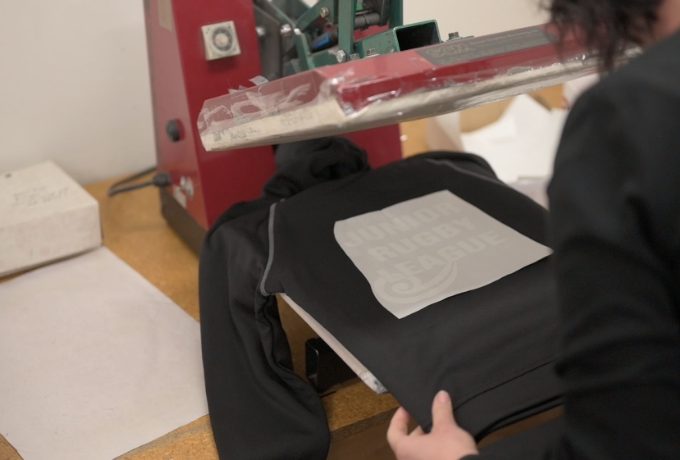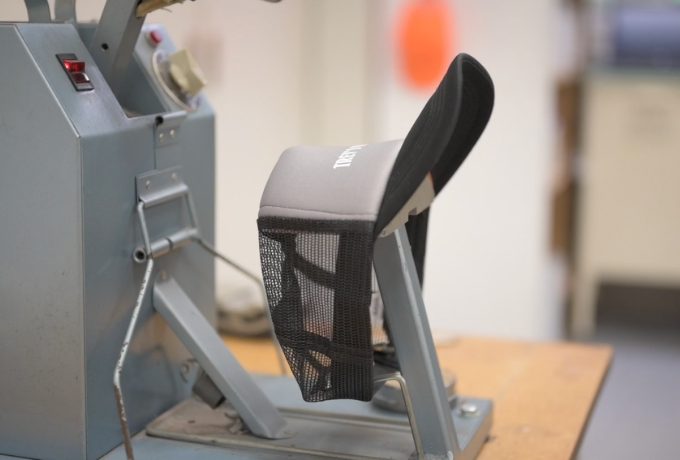Screen printing is the process of using a mesh screen to press ink directly onto a material. Ink is forced through the mesh onto the surface and printed directly onto the garment. With screen printing, you get top-quality results and it will typically look more rich and more vibrant than other methods. The colours through screen printing will last as long as the garment without wearing off.
Ideally, you’d want to have a large run when choosing screen printing because setting up the screen with your artwork is a time-consuming process. But if you’re looking for large runs of high-quality colour, it’s an excellent option.
Branding, monogramming, logos, whatever term you use for adding your organisation name and logo to your uniform, Selector Uniforms has a suite of applications to help you achieve a high quality result.
Stand out from the crowd and let people know your name by adding branding directly to your outfit! It’s an easy way to show off your brand and prove your team are professionals at the same time. Through high-quality screen printing, embroidery and more, we can help you get your company name and/or logo on your uniforms so they can wear them with pride.
But with all the different options for getting adding your branding, how can you know which one is right for your needs? That’s where our team come in. With over 20 years of experience in branding apparel, we can guide you and help you make the right choice based on quantity, fabric type and budget.
Curious about our different methods? Check out some of the ways we can add branding to your items.

Embroidery is a stitching process where artwork is woven directly into the fabric. This makes a decorative design with stitching that you can feel. It’s easily repeatable and perfect if you have a small, multi-colour logo to help it stand out.

Short for Computer Aided Design, CAD transfers involve transferring the design onto vinyl, where then it’s then applied to the fabric with a heat press. CAD transfers are a cost-effective way to do small runs, single colour logos, and to add names and numbers.

The digital transfer method can take any image on a digital file for a source. This file is sent to a digital printer, and then the printer applies the design through a heat press. Think of it like printing a picture on a normal printer–only instead of on paper, it’s something like a cotton T-shirt! This makes it a good method for highly detailed logos and smaller runs.

Plastisol Transfer similar to screen printing, only instead of the screen printing directly on the object, it’s printed to a special paper. Then it’s transferred from the paper onto the final material using a heat press.
So why do this instead of normal screen printing?
One reason is that it can print on a wider range of materials and fabrics. Another is that the designs can be stored on the plastisol paper for several years, so they’re great for reorders and small runs by saving on setup costs.

For a permanent, blended look, sublimating printing embeds dye colouring directly into the fabric of the garment. This means it only works with synthetic fabrics like polyester, but it creates permanent colours that pop.
